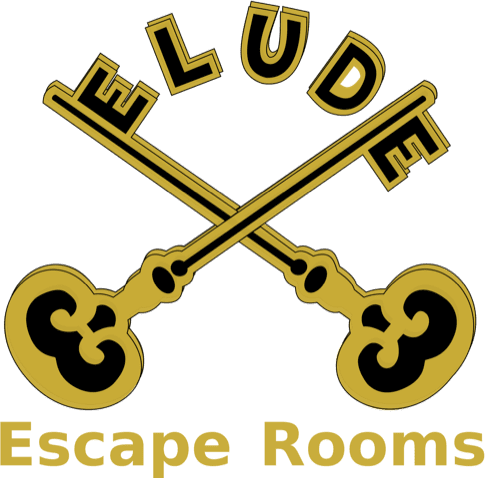
This edition has a code you can really count on in tight quarters.

No, this not another symbol-based cipher, these are glyphs that actually represent the numbers: 5762, 9483, 8613, 2159, 3478. But why?
We’re looking at a system of writing numbers from the Cistercian religious order (pronounced siss-TER-shun). Named after a French town, these 13th century monks had enough of the Roman numeral system and its alphabet soup, and the Hindu-Arabic system was yet to be widely used. This compact combination of constructions connected to a core column became their continent kept count for a couple of centuries.
Learn To Count (Again)
All of our numbers of up to four digits can be drawn as singular glyphs, each with four sections or quadrants.

One type of mark would appear in the top right for a single digit number, top left for a number in the tens, lower right in the hundreds, and lower left in the thousands. These marks would be the same flipped across or down, or just a blank stick for a zero.
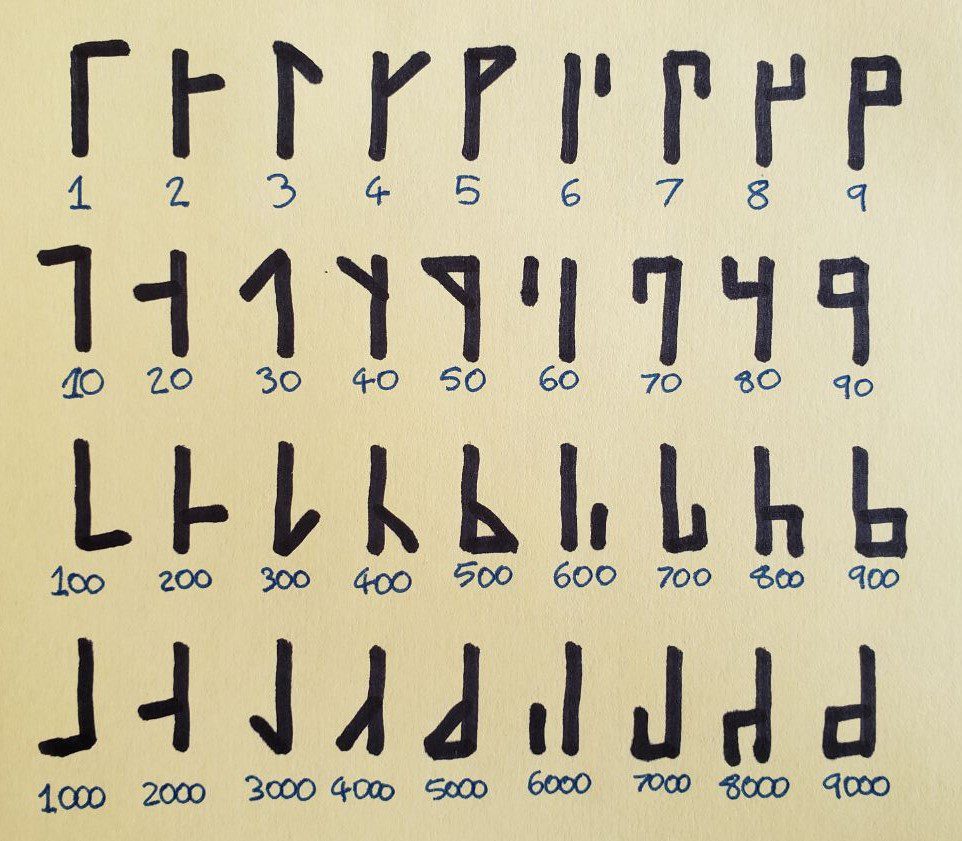
For some examples, a number like 9999 or 4444 would have the same type of mark in each quadrant:

Count Carefully
One tricky bit to watch out for is making sure you read the mark correctly from the END of the line – top OR bottom. Don’t go from reading 70 curling downwards to reading 8000 also curling downwards when you should be reading it from the bottom (7000 curling upwards from the END of the line).
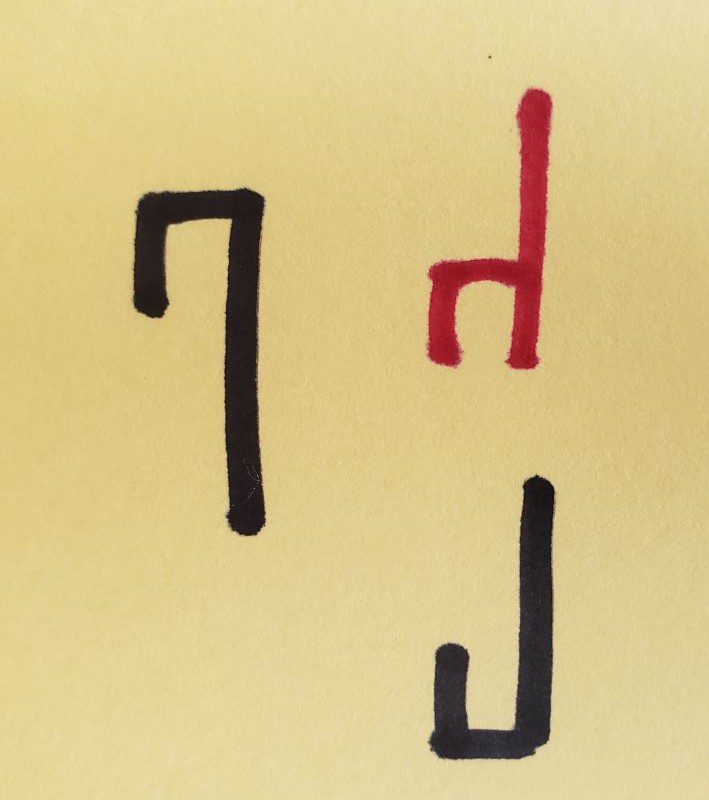
Cool Conversions
Here are a couple more examples and sequences for you to practice with (answers at the end of the article):



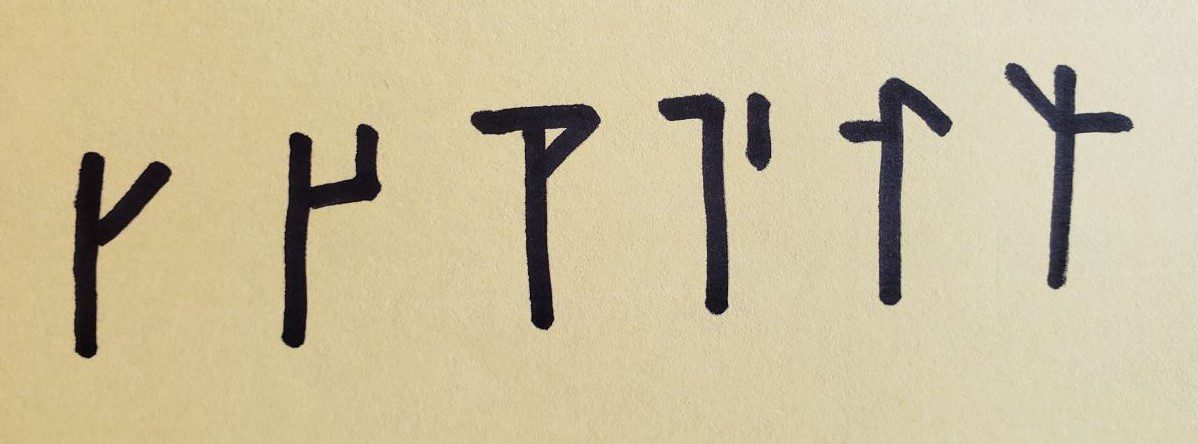
Get Counting!
Sure, you are limited to 9999 as your maximum – so let’s hope you don’t have a 5 digit lock in your Escape Room.
Remember, you don’t have to memorise this (especially when it might be presented differently) – if you see these symbols in your Escape Room, the designers will have a guide hidden somewhere to solve it.
Good luck finding the answer!
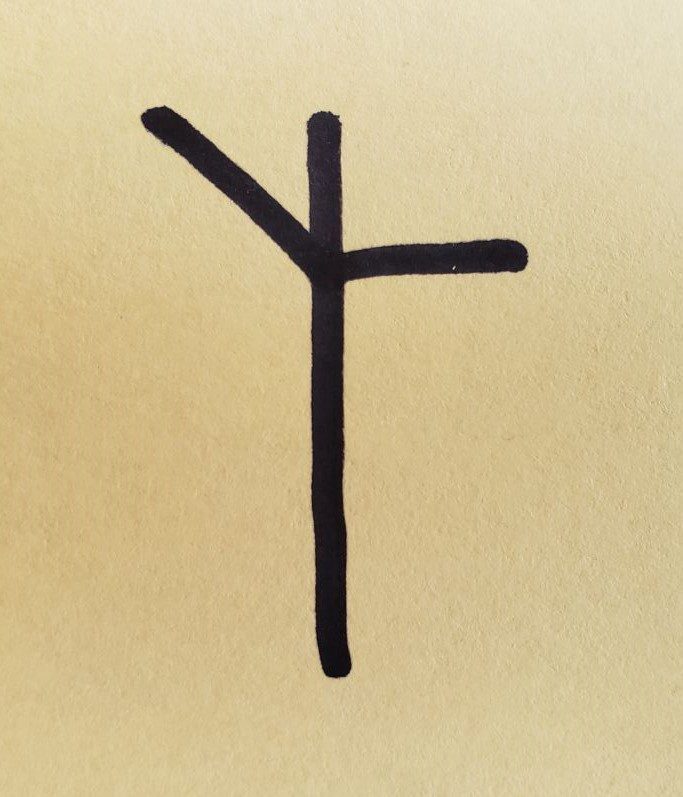
(Answers: Fibonacci Sequence; Prime numbers; Binary/Power of Two numbers; not sure – I Lost the answer…)
